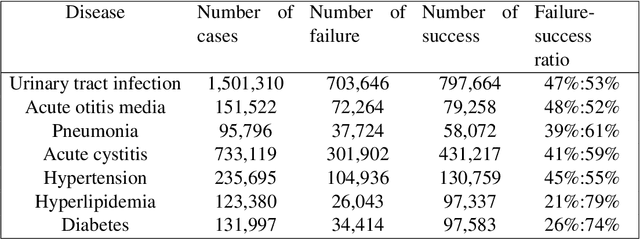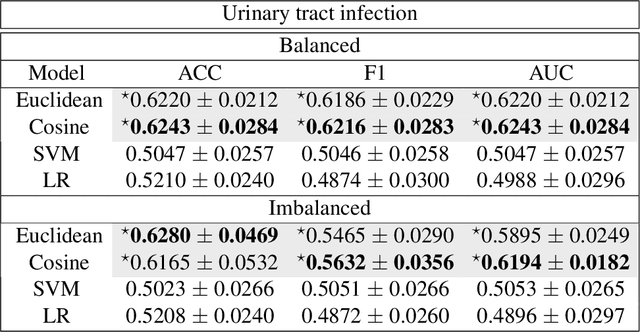The Analysis from Nonlinear Distance Metric to Kernel-based Drug Prescription Prediction System
Paper and Code
Feb 24, 2021



Distance metrics and their nonlinear variant play a crucial role in machine learning based real-world problem solving. We demonstrated how Euclidean and cosine distance measures differ not only theoretically but also in real-world medical application, namely, outcome prediction of drug prescription. Euclidean distance exhibits favorable properties in the local geometry problem. To this regard, Euclidean distance can be applied under short-term disease with low-variation outcome observation. Moreover, when presenting to highly variant chronic disease, it is preferable to use cosine distance. These different geometric properties lead to different submanifolds in the original embedded space, and hence, to different optimizing nonlinear kernel embedding frameworks. We first established the geometric properties that we needed in these frameworks. From these properties interpreted their differences in certain perspectives. Our evaluation on real-world, large-scale electronic health records and embedding space visualization empirically validated our approach.
 Add to Chrome
Add to Chrome Add to Firefox
Add to Firefox Add to Edge
Add to Edge